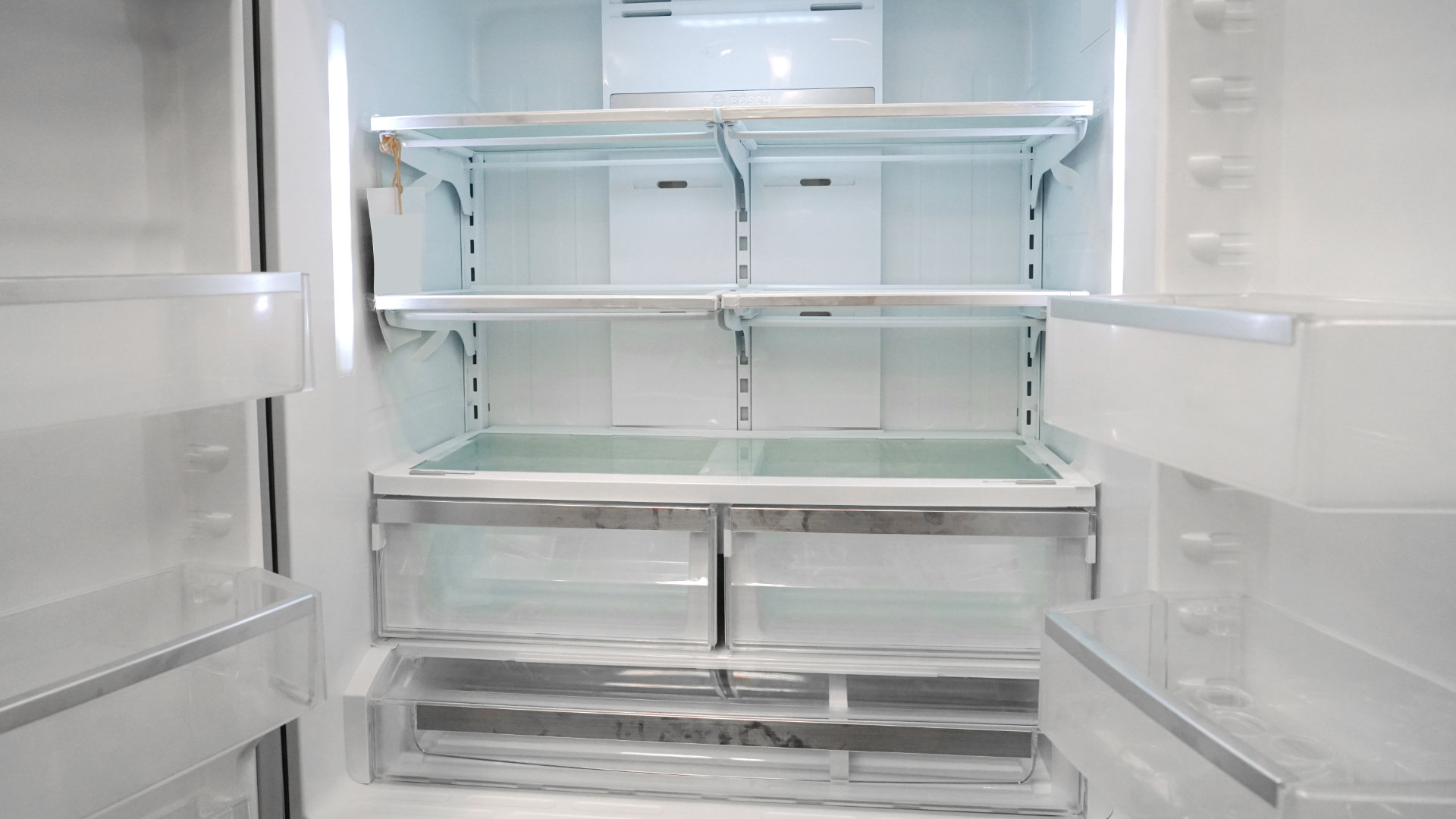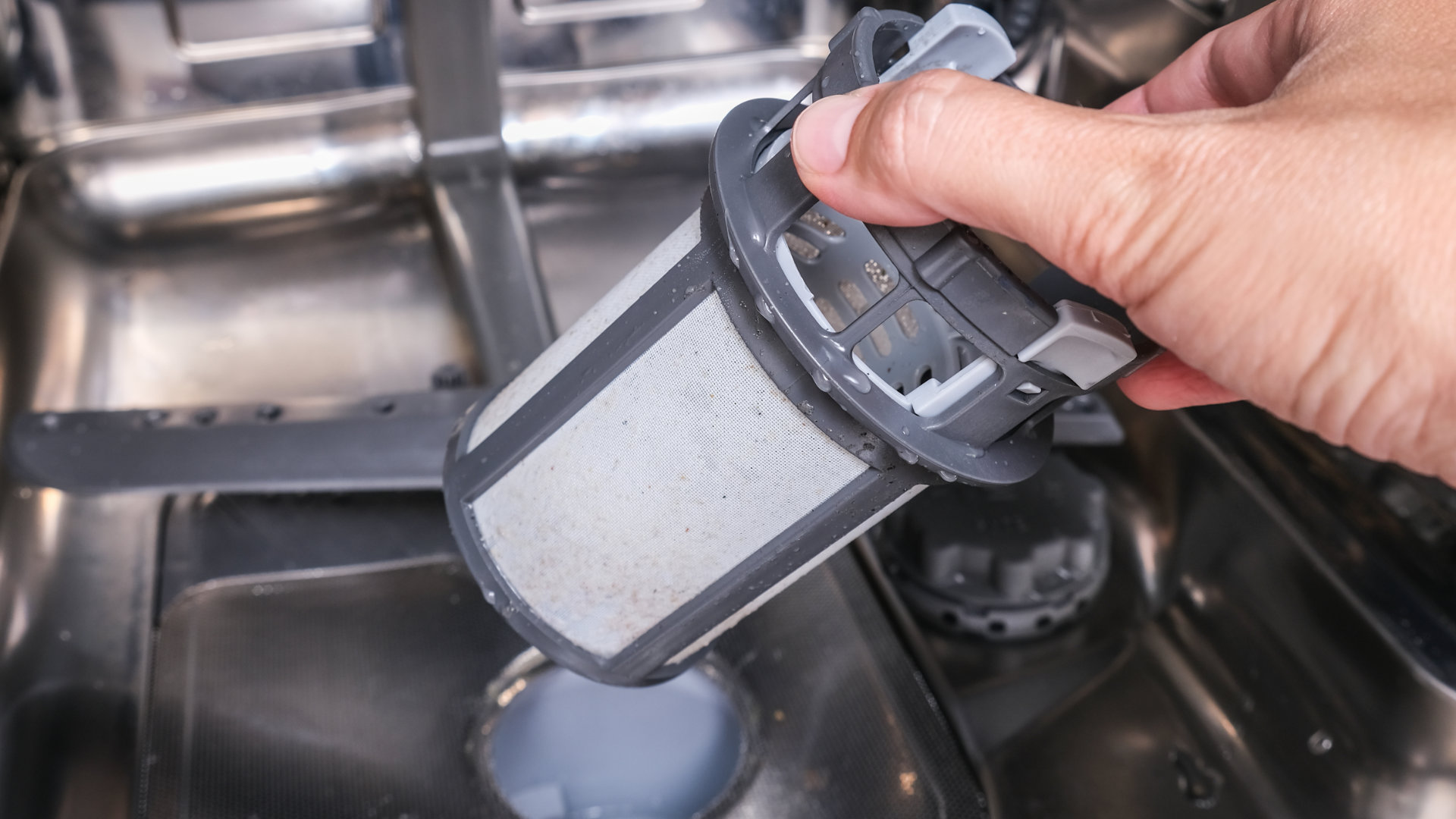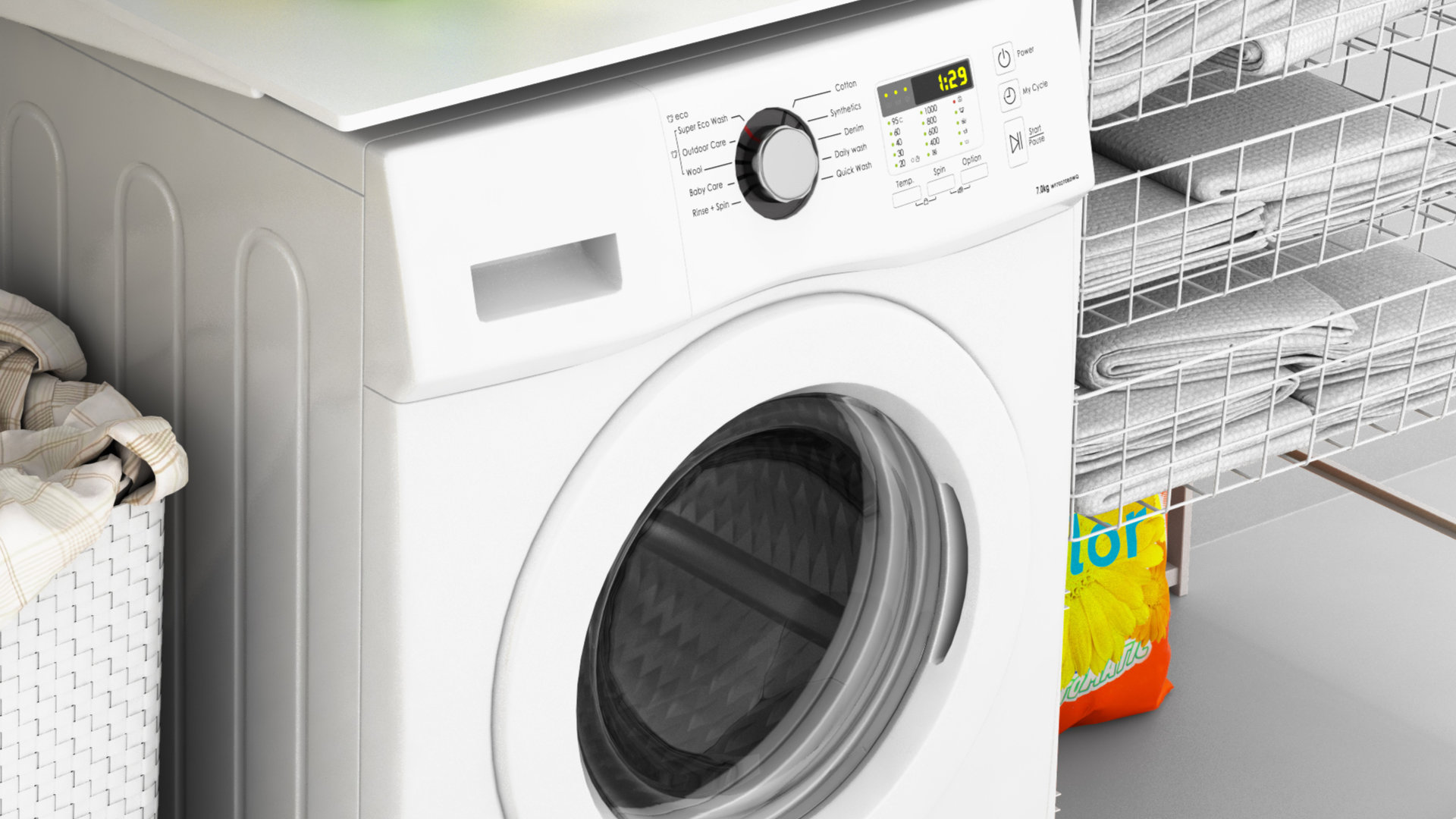
If you have noticed the refrigerator or freezer compartments are not cooling, you will likely need to check the evaporator, condenser, and compressor to troubleshoot the issue. However, there are some basic checks to make first, such as making sure that the refrigerator and freezer temperatures are set correctly.
Follow these seven steps to check and repair a refrigerator that is not cooling.
Step 1: Check the refrigerator has power
Before we tackle the more complex reasons why your refrigerator is not cooling, first check that the refrigerator is receiving power. Sometimes the power may become disconnected because of a power cut or tripped circuit breaker. If the light in the refrigerator is still working, then you can feel assured that the refrigerator is receiving power.
Step 2: Check the temperature
Has someone been playing around with the refrigerator or freezer temperature? Most refrigerator manufacturers recommend the refrigerator be set to 37 degrees Fahrenheit (3℃) and the freezer be set to zero degrees Fahrenheit (-18℃). If you need to adjust the temperature by more than 5 degrees in either direction to get the refrigerator to cool correctly, there is likely another reason (listed below) why the refrigerator is not cooling.
Step 3: Check if the vents are blocked
Cold air in the refrigerator is circulated through the refrigerator by the evaporator fan, using small vents to send the cold air from the freezer through to the refrigerator compartment. If the vents are blocked by items or ice, the refrigerator will struggle to keep things cool. Move items away from the vents and defrost any ice that may be blocking the vents to ensure the refrigerator can cool properly.
The evaporator coils (at the rear of the freezer compartment) should also be clear of frost or ice buildup to ensure the refrigerator cools properly.
Step 4: Check the evaporator fan and motor
The evaporator fan motor draws air over the evaporator coils to remove heat from the air and cool the refrigerator. The air is then circulated throughout the refrigerator by the evaporator fan and small vents inside the refrigerator. If the evaporator fan and motor become defective, the refrigerator will struggle to cool.
The evaporator fan is usually located at the rear of the freezer compartment. Depending on the type of refrigerator, you may need to remove a rear freezer access panel to check the evaporator fan and motor.
To check the fan motor is working, make sure you can turn the fan blade without too much resistance. A fan blade that will not turn likely means the motor is defective, which stops cool air from reaching the refrigerator. A noisy evaporator fan motor is also a strong indication that the evaporator fan motor is defective and needs to be replaced.
An evaporator fan blade that is broken or cracked also indicates that the fan blade needs to be replaced to ensure the fan can work properly.
The evaporator fan motor can be tested with a multimeter for continuity (a continuous electrical path) to determine if it is defective. If there is no continuity in the motor, it will need to be replaced.
Step 5: Check and clean the condenser coils
Condenser coils are responsible for cooling refrigerants and expelling warm air. Over time, the condenser coils, located at the base of the refrigerator, can become covered in dust and other debris, such as pet hair. If the condenser coils are dirty, the refrigerator will struggle to cool properly.
Depending on the type of refrigerator, the condenser coils can be accessed either directly under the refrigerator or by removing the refrigerator’s rear access panel.
Condenser coil cleaning brushes can be purchased and used to clean the coils.
Once the coils are cleaned of all debris, the refrigerator will work more efficiently and hopefully without cooling issues. If the cooling issues persist, move on to the next step.
Step 6: Check the condenser fan and motor
The condenser fan can usually be accessed by removing the rear access panel located on the back of the refrigerator. Once the panel is removed, you should see the condenser fan and the compressor. Depending on the type of refrigerator, you may also be able to access and clean the condenser coils.
The condenser fan helps draw and expel air over the condenser coils. If the fan blade is broken or the motor is defective, the refrigerator will struggle to cool and the compressor can overheat or stop working. If the fan blade is broken, it should be replaced to ensure the refrigerator cools properly and the compressor does not become damaged.
If the fan blade cannot turn freely, it indicates the motor is defective and will need to be replaced. Like the evaporator fan motor, the condenser fan motor should be tested with a multimeter for continuity to determine if the motor has failed and needs to be replaced.
Step 7: Check the compressor start relay or capacitor
Depending on the type of refrigerator, the compressor, which should come on periodically to keep the refrigerator cool, will have a start relay or capacitor to activate it.
If the start relay or capacitor is defective, you will likely notice that the compressor is not turning on or that it is not staying on for very long. A clicking noise also indicates that the start relay or capacitor is failing to activate the compressor.
The start relay or capacitor can also be tested with a multimeter for continuity. If there is no continuity, the component is defective and will need to be replaced to fix the refrigerator’s cooling issue.
Conclusion
Following the above seven steps will resolve the most common reasons why a refrigerator is not cooling. If the cooling issue remains, the refrigerator’s defrost system, responsible for ensuring ice or frost buildup does not impede the refrigerator, is the next component to check. If the issue persists, it is time to call a trained technician to troubleshoot the issue.

How to Reset a Whirlpool Refrigerator Ice Maker

6 Reasons Your LG Refrigerator Is Not Making Ice

Kenmore Fridge Ice Maker Not Working? 5 Ways to Fix It

How to Remove Fish Smell from Your Refrigerator

How To Fix Bosch Dishwasher E24 Error

Troubleshooting a Whirlpool Dishwasher Not Draining

Why Is Your Fridge Water Not Working, but Ice Is?

How to Fix the E15 Bosch Dishwasher Error Code

How Much Power Does a Microwave Use?

How to Properly Clean Refrigerator Coils

How to Fix an LG Washer Showing OE Error Code

Troubleshooting a GE Dishwasher with No Power and No Lights

10 Reasons Why Your Bosch Dishwasher Won’t Start

Troubleshooting the F5 Error Code with a Maytag Washer


